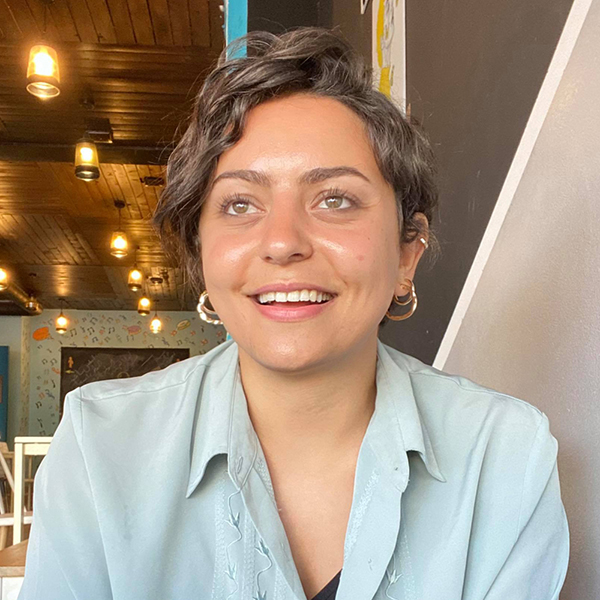Hawran, as for the Rest of the Country

With its creative use of puns and revelations, folk music and songs constitute a particular narrative space wherein a specific narrative gradually builds up, and constantly mutates in response to people’s relationship to place and means of production. Depending on their mood, listeners can choose a song to recite and interact with as part of their identity and as a way of expressing it.
This project tries to read into the music of Hawran and its relationship to reality and politics in the region. It interrogates how it influenced, and got influenced by, the living patterns and economic systems associated with rural communities and land in particular, as a vital source for existence and sustenance. The project explores the connection between Hawrani music and common social behavior, such as joy, sadness and lamentation. It also explores using traditional music as tool to represent a specific cultural system within a certain time and narrative. The Hawrani music draws on Hawran’s landscape extending from the Golan Heights to the Jordan Valley, through Ajloun Mountains and the eastern desert in Syria, Jordan and Jabal Al-Arab (Jabal Al-Druze) all the way to southern Damascus, and in so doing, it makes visible a colonial narrative. This project/research wishes to dismantle such colonial narrative that segregates this ecologically harmonious region. As it did, and still does, to our societies, reducing them to numbers, stripping them of their lands, imposing imaginary borders on them, and dividing them into three countries, despite existing cultural, social and familial networks, and against overlapping histories, lineages and livelihoods that ties them together. The project questions the impact of national policies on music production in popular gatherings, especially on lyrics and melodies, in order to adapt it for mass consumption, and thereby reproduce the state’s own narrative. In their pursuit to become nation-states, different countries obliterated the identities of their local communities, and poured huge funds in arts and culture to promote their newly forged national identities at the expense of a more diverse cultural spectrum. The project focuses on the production of traditional Hawrani music and how it changed over time. It starts with basic melodic and lyrical compositions of peasants in the fields, solo or in groups, and then traces the development of different musical styles form traditional wind and percussion instruments, such as the mejwez and yerghoul, to modern keyboards. It follows the journey of Hawrani music as it made its way from fields and rural homes to closed studios, and its transformation from spontaneous, organic and largely improvised genre, to a full-fledged musical production project within clear and pre-planned structures.
This genre came out mainly to express the life of farmers, Bedouins, and everyone who has an intimate relationship with land; the life of those who view land not only as an asset, but as a resource that grants life its continuity. Marji believes that this musical style represents and documents the various geographies of the Hawran region with its plains, mountains, springs, and deserts. She thinks that it runs mainly around themes related to life, such as the relationship of its people to construction, collecting water, harvesting wheat, socializing, and so on. The project also seeks to provide a gender and class reading, with careful consideration of the context, to encourage thinking about the versatility of the musical form and how it changes with different performers. Finally, the project examines the way in which this music engenders different spaces of solidarity and coexistence — both personally and socially — far removed from the prevailing extractivist logics of capitalism.


